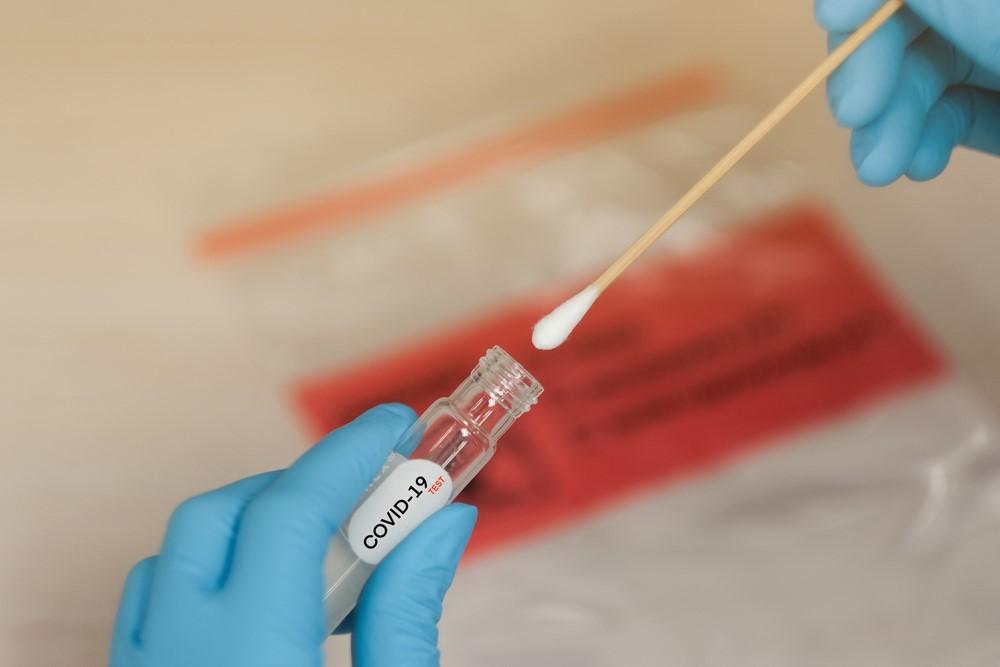
Oregon’s COVID-19 testing was massively disrupted by the widespread wildfires, which have scorched more than 1 million acres and forced entire communities to evacuate or shelter in their homes to avoid breathing in haze-filled air.
With fewer people tested, the Oregon Health Authority now faces a challenge in determining current COVID-19 trends.
Testing dropped dramatically when the wildfires hit. In August, labs performed about 32,000 tests each week. During the week of Sept. 6, when wildfires increased in fury, tests dropped to about 22,000. The week of Sept. 13, the state conducted fewer than 19,000 tests, state data show.
“That also means that we’re flying a little bit blind in terms of where we are right at this moment in the pandemic,” Oregon Health Authority Director Patrick Allen said Monday during a presentation to the Senate Interim Committee on Health Care.
Allen said the circumstances make for a “fairly turbulent environment,” adding he hopes that the situation will resolve this week as testing picks back up.
The rate of positive tests has increased in September for the first time since July. Last week, 6.2% of tests came back positive. The week before, the rate of positive tests was 5.4%. But with fewer tests, it’s difficult to compare July’s results with September.
Positive tests spiked to a rate of 6.2% during the last week of July. It steadily went down each week in August until September.
Allen said the spike probably reflects Labor Day weekend activity but stressed the picture isn’t clear because of the drop in testing.
Meanwhile, state officials are making plans for the upcoming flu season, when the double whammy of influenza and COVID-19 will be a public health challenge.
“We’re preparing for the biggest flu vaccine push ever in Oregon,” Allen said.
Flu and COVID-19 will be competing for resources, which means that vaccinations will be a key part of the state’s strategy to battle respiratory illness, Allen said.
During the 2019-2020 flu season, 36% of adults between 18 and 49 years old in Oregon received flu shots, while 53% of adults between 50 and 64 years old were vaccinated, state data show. Adults age 65 and older, who are recommended to get a high-potency shot for seniors, had the highest rates of vaccinations: 67.4%.
Allen said the state is working on multiple approaches to enhance its flu vaccination efforts, including working with community-based organizations to increase vaccination rates and eliminate disparities in communities of color.
COVID-19 has disproportionately hit minorities and people of color compared to white people.
You can reach Ben Botkin at [email protected] or via Twitter @BenBotkin1.